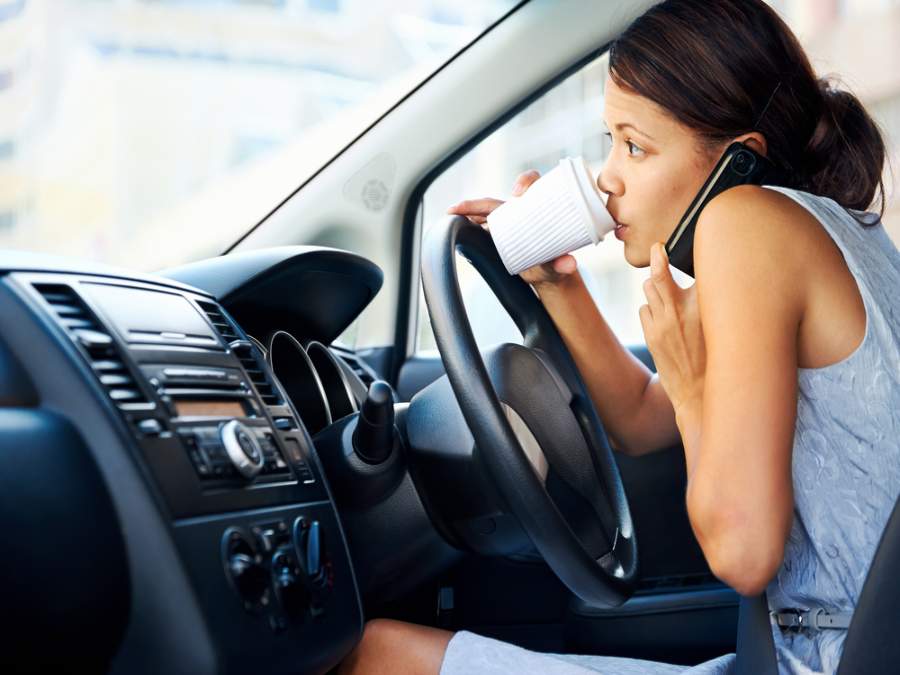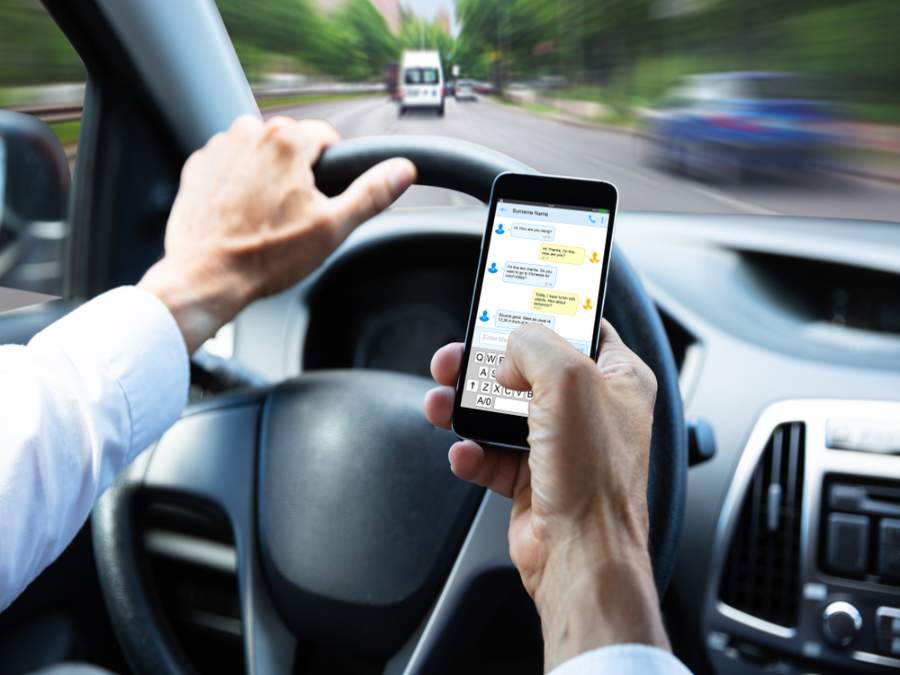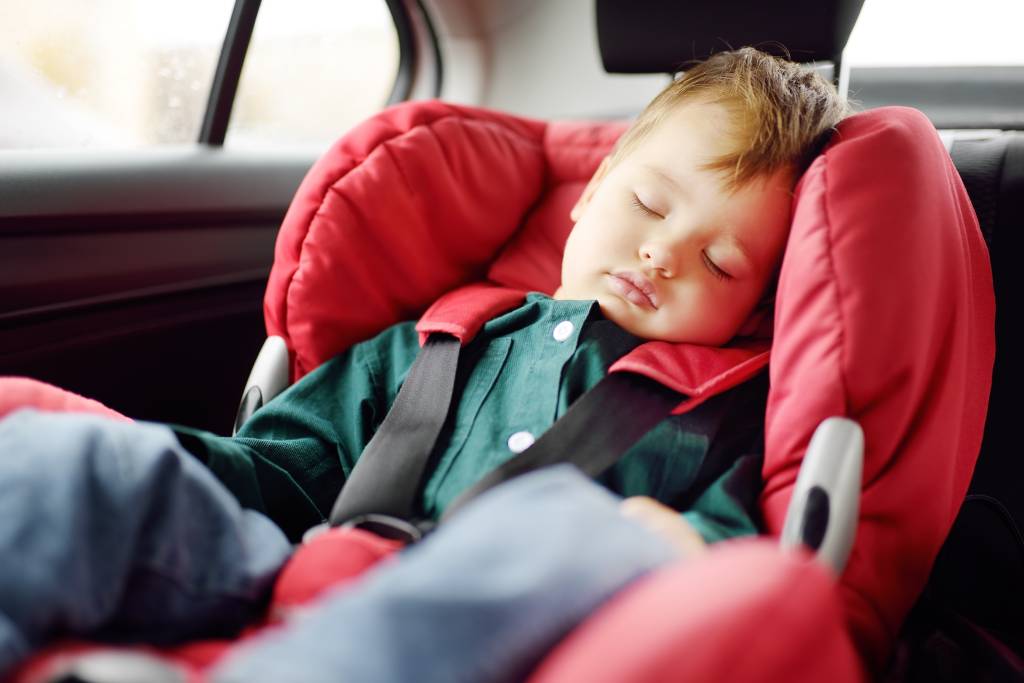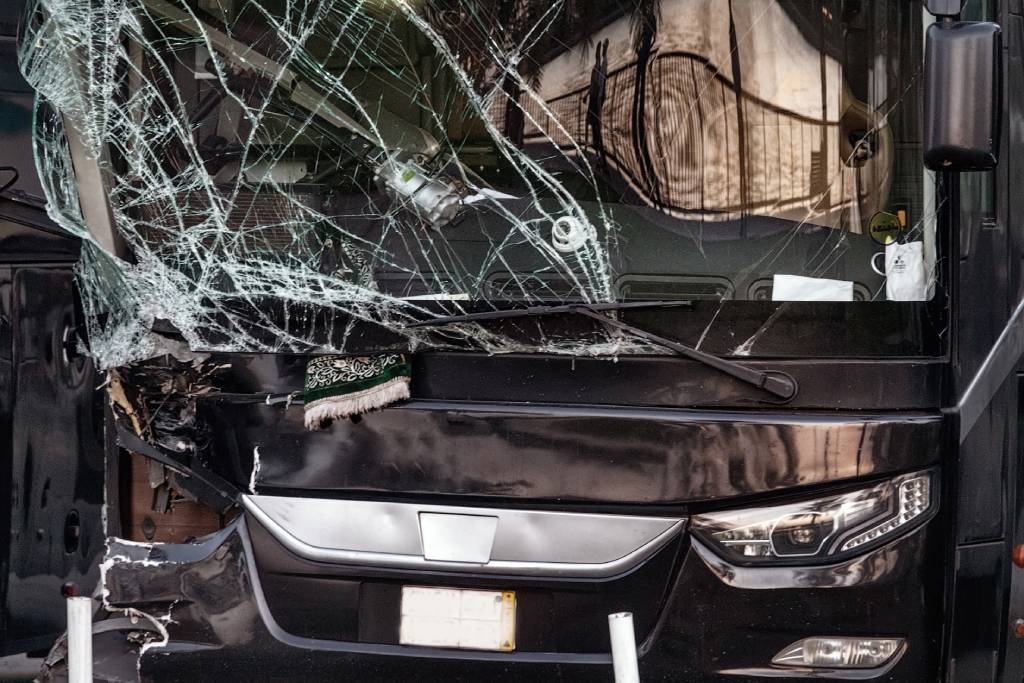Distracted driving is a serious issue that can lead to devastating consequences. According to the National Highway Traffic Safety Administration (NHTSA), distracted driving claimed the lives of 3,522 people in 2021 alone in the United States. In California, distracted driving is one of the leading causes of car accidents. In this blog, we will discuss the dangers of distracted driving and provide tips on how to avoid it.
Types of Distraction
Because of the many California car accidents, laws have been put into place to combat distracted driving. But common sense can go a long way, too. Distractions come in different forms and can happen at any time, making them a significant contributor to car accidents. As mentioned earlier, there are three main types of distractions: visual, manual, and cognitive.
Visual distractions occur when a driver’s eyes are diverted from the road. For instance, drivers may take their eyes off the road to look at their GPS or to check a message on their phone. Even a few seconds of inattention could lead to a collision.

Manual distractions happen when drivers take their hands off the wheel. Common examples include eating, drinking, or applying makeup while driving. It is essential to keep both hands on the wheel to avoid the risk of an accident.
Cognitive distractions, on the other hand, occur when a driver’s mind is not fully focused on driving. This can happen when a driver is deep in thought, daydreaming, or stressed about something. Talking to passengers or using a phone while driving can also distract a driver’s attention.
It is vital to remember that distractions don’t just come from inside the vehicle. External factors such as billboards, pedestrians, and roadside construction can also be a source of distraction. In some cases, even glancing at a beautiful sunset or a passing animal can cause a driver to lose focus.
Understanding the different types of distractions can help drivers be more mindful of their actions behind the wheel. By recognizing and eliminating distractions, drivers can reduce the risk of car accidents and keep themselves and others safe on the road.
Distracted Driving Statistics
According to the California Office of Traffic Safety, there were over 149,000 car accident cases caused by distracted driving in California between 2015 and 2019. In 2011 alone, there were over 3,900 car accident fatalities in California.
Avoiding Distracted Driving
To avoid distracted driving, it’s important to be aware of the types of distractions and take steps to eliminate them. Here are some tips:
- Put your phone away: One of the biggest distractions while driving is using your phone. Put it away, turn it off, or use a hands-free device if you need to take a call.
- Don’t eat or drink while driving: Eating or drinking while driving can be dangerous, as it takes your hands off the wheel and your eyes off the road.
- Adjust your GPS before you start driving: Make sure your GPS is set up before you start driving so you don’t have to adjust it while on the road.
- Avoid multitasking: Driving requires your full attention, so avoid doing other tasks while driving, such as putting on makeup or reading a book.
- Pull over if you need to: If you need to make a call or attend to something else, pull over to a safe location before doing so.
What to Do If You’re in a Car Crash
If you are involved in a car crash, it’s important to take certain steps to ensure your safety and protect your legal rights.
- Check yourself and your passengers for injuries: If anyone is injured, call for emergency medical assistance immediately.
- Call the police: Report the accident and provide them with accurate information about what happened, including the location of the accident, number of vehicles involved, and any injuries or damages incurred.
- Exchange information: Obtain the names, addresses, phone numbers, driver’s license numbers, and insurance information of the other driver(s) involved in the accident.
- Take photos: Capture images of the scene of the accident, including any damage to the vehicles, injuries, and the surrounding environment.
- Seek medical attention: If you experience any pain or discomfort after the accident, seek medical attention immediately.
- Consult with a car accident lawyer: A car accident lawyer can help protect your legal rights and ensure you receive fair compensation for any damages or injuries incurred during the accident. They can also guide you through the legal process and negotiate with insurance companies on your behalf.
After the accident, you may receive a settlement offer from the insurance company. Before accepting any offer, it’s important to consult with a California car accident attorney. A lawyer can help you understand your rights and negotiate a fair settlement.
Contact The May Firm for a Free Consultation
If you or a loved one has been injured in a car crash caused by distracted driving, contact The May Firm. The experienced California car accident lawyers in our law firm can help you file a claim and get the compensation you deserve.
We also have a team of California truck accident lawyers who specialize in truck accident cases, handling truck accident claims and getting truck accident victims the money they deserve. We offer a free consultation to discuss your case and answer any questions you may have. Don’t wait!
Contact a California Car Accident Lawyer Today
Disclaimer:
The content in this article is provided for general informational purposes only and may not represent the current law in the recipient’s jurisdiction. The content and information should not be construed as professional legal advice from The May Firm or the individual author, nor is it intended to be a substitute for legal counsel on any subject matter. Any and all information included in, or accessible through, this article should not be used to act or refrain from acting without the appropriate legal or other professional advice from a lawyer licensed in the recipient’s appropriate jurisdiction. Any reliance you place on such information is strictly at your own risk.



